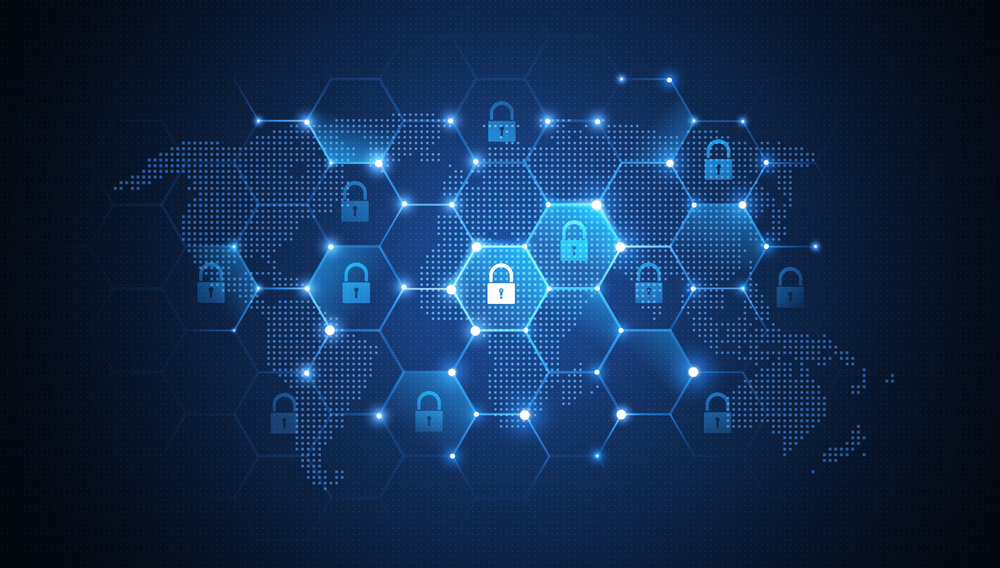The realm of technology has two sides to it. As seen by the most recent D-Link data hack, even as technology continues to transform our lives, it also brings serious dangers. The cybersecurity sector has been rocked by D-Link’s recent admission of a data breach, as one of the top providers of networking equipment.
Introduction
The event underscores how important it is for businesses and people to continue to exercise caution when dealing with emerging cyberthreats, as it resulted from a phishing assault. Let us explore the attack’s details and the ensuing ramifications for D-Link and the larger technical community.
What Happened
Cybercriminals use phishing attacks, which are misleading tactics, to obtain unauthorized access to sensitive data. In the case of D-Link, an employee was tricked by a skillfully written phishing email, which gave the attacker access to the company’s internal network. This hack made it possible for a sizable amount of private information to be accessed without authorization, possibly jeopardizing client privacy and the integrity of the business’s operations.
The Impact
Such a breach has more consequences than just the data being immediately compromised. Customers have expressed worries regarding the security of their personal information, casting doubt on D-Link’s legitimacy and dependability. Furthermore, the breach’s financial ramifications, which include the possibility of legal fines as well as the expenses related to reestablishing security and confidence, have had a significant effect on the business’s bottom line.
D-Link’s Response
D-Link promptly launched a thorough investigation to ascertain the scope of the vulnerability after discovering the incident. By being proactive in communicating with its clients, the business showed that it was committed to accountability and openness. D-Link‘s reaction plan centered on putting strong security measures in place and providing assistance to impacted parties.
Lessons Learned
This regrettable event serves as a sobering reminder of how crucial cybersecurity knowledge is. Regular training programs are essential for organisations to teach staff members about the changing strategies used by cybercriminals. Skepticism and alertness are frequently the best lines of defense against possible breaches.
Phishing Prevention
The best defense against phishing attempts is prevention. Suggested reading: Developing strong email security measures, authenticating all incoming emails, and keeping security software updated are all important ways to lower the likelihood of falling for these kinds of sneaky tactics.
Importance of Data Protection
Not only is it required by law, but protecting sensitive data is also an essential step towards fostering trust. An organization’s defense against data breaches may be strengthened by putting strict data protection rules into place, using encryption methods, and doing frequent security audits.
Transparency in Communication
Gaining the trust of stakeholders and clients requires timely and open communication. Reassuring those affected and mitigating reputation damage may be achieved by open communication of the security breach, provision of advice on preventive measures, and regular updates on the progress of the inquiry.
Legal Implications
Because data breaches may have legal ramifications, it is crucial to adhere to rules. Organisations place a high premium on adhering to data privacy laws since breaching the law can have dire repercussions, result in legal issues, and erode public confidence.
The Future of Cybersecurity
Because cybersecurity is a dynamic field, defensive technologies must always be evolving. Artificial intelligence, blockchain technology, and cutting-edge encryption techniques may all be used to strengthen an organization’s defenses against highly skilled assaults.

Strengthening Cyber Defenses
Installing a variety of security measures is crucial in the battle against cyber threats. Putting money towards all-encompassing cybersecurity measures like network segmentation and real-time monitoring may help an organization’s digital infrastructure far more.
Collaborative Efforts
Coordination is necessary in today’s connected digital environment to successfully combat cyber threats. We can all work together to improve the standard for technology security by exchanging threat intelligence, participating in industry-wide projects, and promoting a culture of knowledge sharing.
Customer Trust and Rebuilding Brand Reputation
Rebuilding confidence and reestablishing brand reputation requires a careful and caring approach. Customers must be convinced that proactive security measures are crucial, that tangible solutions are being offered, and that support to affected parties is ongoing in order to regain their trust.
Overcoming the Aftermath
Even though it might be challenging to recover from a data breach, companies can strengthen and become more resilient with a carefully considered recovery strategy. Implementing extensive security enhancements, promoting a cybersecurity-savvy culture, and routinely evaluating and enhancing defensive systems are crucial stages in the recovery process.
Conclusion
The D-Link data breach is a frightening tale that emphasizes the constant threat that hackers represent and the necessity of having robust cybersecurity measures. By emphasizing the value of being aware, being transparent, and using proactive defensive strategies, we can work together to build a more secure digital future.








1 comment
I just like the helpful information you provide in your articles